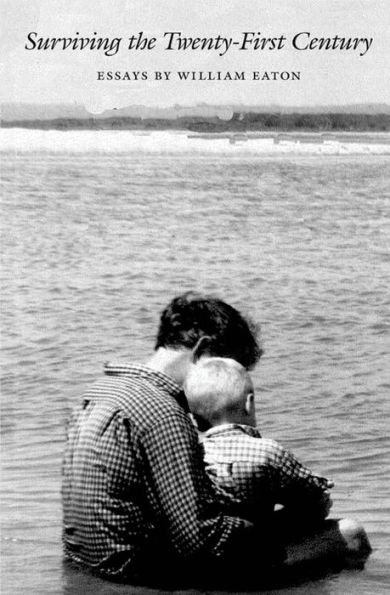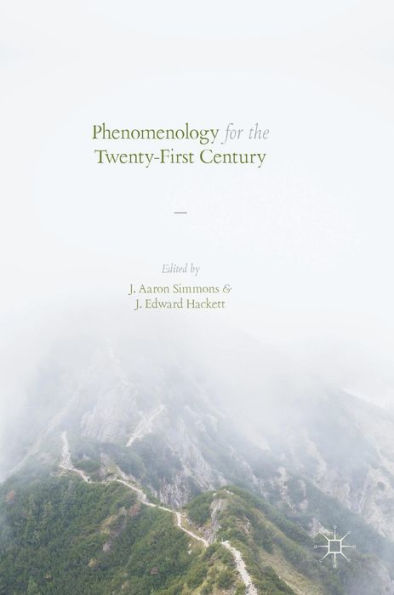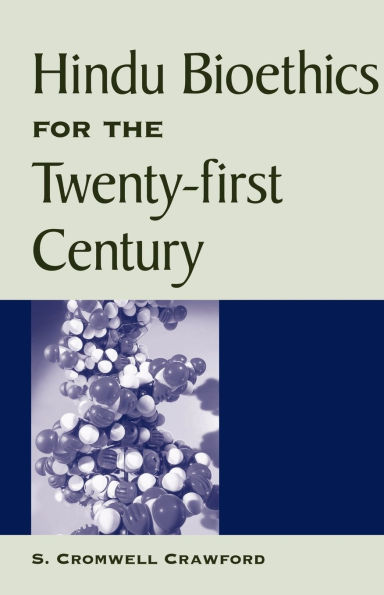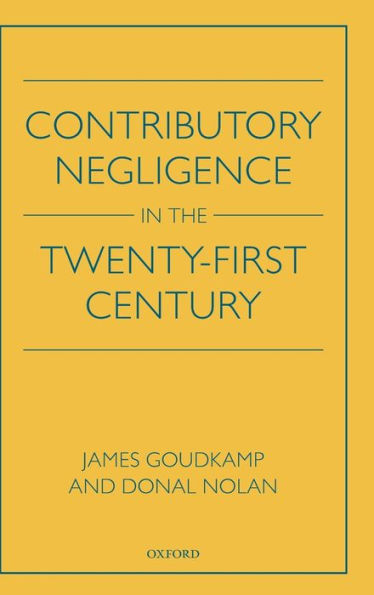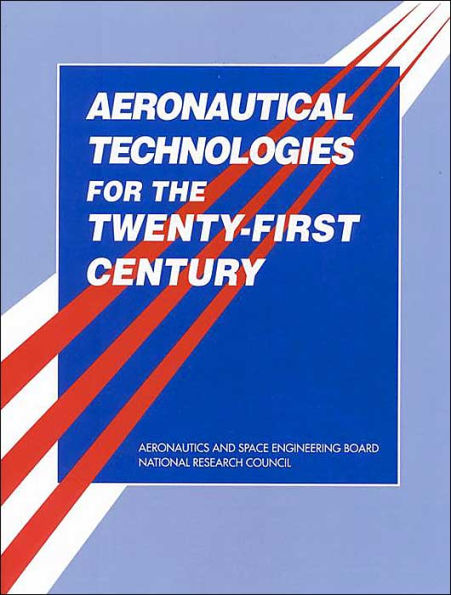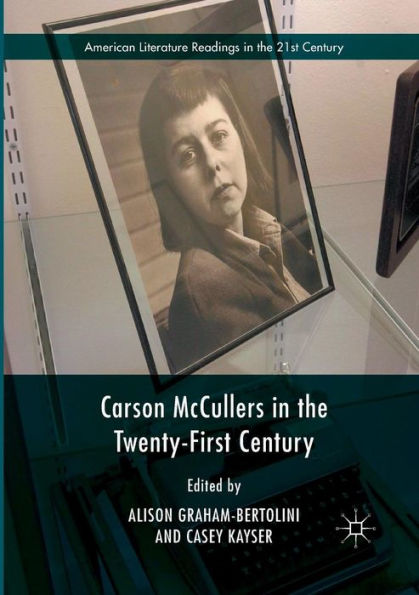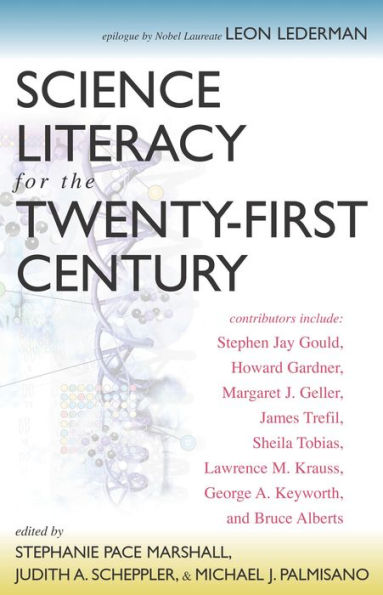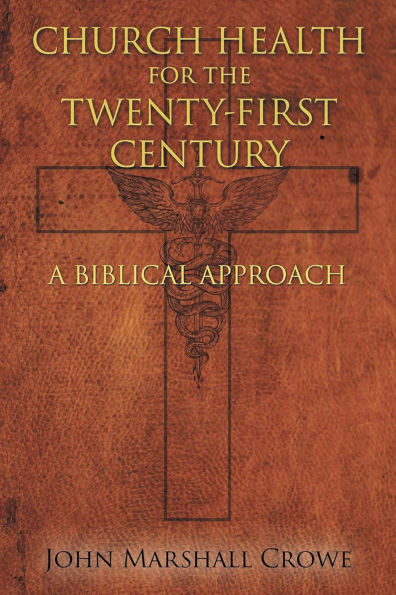Home
Twenty-First Century Drama: What Happens Now
Barnes and Noble
Twenty-First Century Drama: What Happens Now
Current price: $129.99
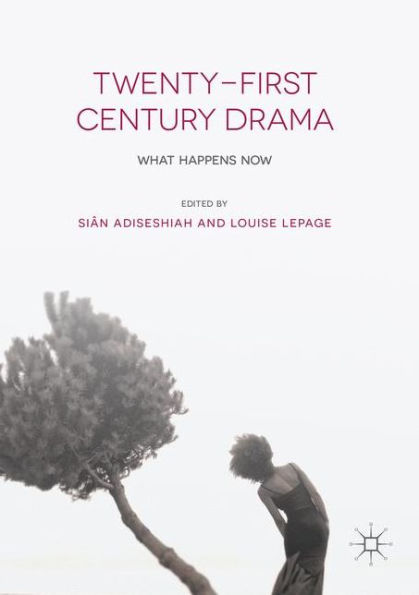

Barnes and Noble
Twenty-First Century Drama: What Happens Now
Current price: $129.99
Size: Hardcover
Loading Inventory...
*Product information may vary - to confirm product availability, pricing, shipping and return information please contact Barnes and Noble
Within this landmark collection, original voices from the field of drama provide rich analysis of a selection of the most exciting and remarkable plays and productions of the twenty-first century. But what makes the drama of the new millenium so distinctive? Which events, themes, shifts, and paradigms are marking its stages? Kaleidoscopic in scope,
Twenty-First Century Drama: What Happens Now
creates a broad, rigorously critical framework for approaching the drama of this period, including its forms, playwrights, companies, institutions, collaborative projects, and directors. The collection has a deliberately British bent, examining established playwrights – such as Churchill, Brenton, and Hare – alongside a new generation of writers – including Stephens, Prebble, Kirkwood, Bartlett, and Kelly. Simultaneously international in scope, it engages with significant new work from the US, Japan, India, Australia, and the Netherlands, to reflect a twenty-first century context that is fundamentally globalized. The volume’s central themes – the financial crisis, austerity, climate change, new forms of human being, migration, class, race and gender, cultural politics and issues of nationhood – are mediated through fresh, cutting-edge perspectives.
Twenty-First Century Drama: What Happens Now
creates a broad, rigorously critical framework for approaching the drama of this period, including its forms, playwrights, companies, institutions, collaborative projects, and directors. The collection has a deliberately British bent, examining established playwrights – such as Churchill, Brenton, and Hare – alongside a new generation of writers – including Stephens, Prebble, Kirkwood, Bartlett, and Kelly. Simultaneously international in scope, it engages with significant new work from the US, Japan, India, Australia, and the Netherlands, to reflect a twenty-first century context that is fundamentally globalized. The volume’s central themes – the financial crisis, austerity, climate change, new forms of human being, migration, class, race and gender, cultural politics and issues of nationhood – are mediated through fresh, cutting-edge perspectives.
You May Also Like

Loading Inventory...
Twenty-First Century Drama: What Happens Now
Barnes & Noble
Current price: $129.99
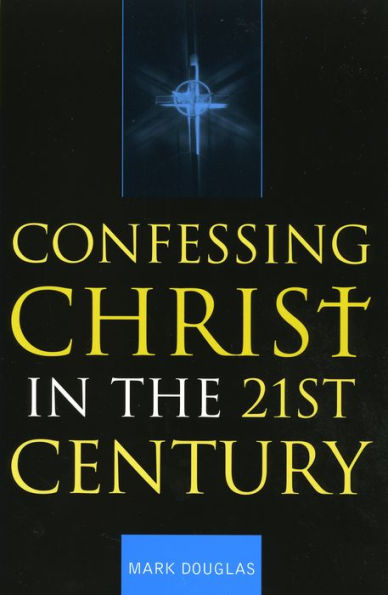
Loading Inventory...
Confessing Christ in the Twenty-First Century
Barnes & Noble
Current price: $62.00

